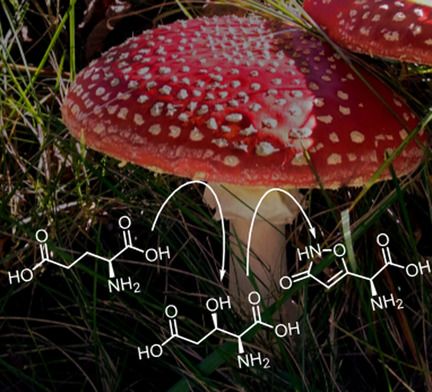MacOS Big Sur downloads are very slow as the next generation Mac software has just launched, at the same time, Apple’s dev site appears to be down.



What makes the fly agaric fly? Amanita muscaria is well‐known for its toxicity caused by the psychoactive metabolites ibotenic acid and muscimol. Here, the biosynthetic genes responsible for the production of these metabolites are identified and it is shown that the biosynthetic pathway begins with a dedicated, stereoselective glutamate hydroxylase. These are the first results concerning the biosynthesis of ibotenic acid and muscimol in over 50 years.

A brewery in the Netherlands is making environmental history by using a cycle of renewable iron as fuel for its furnace.
Dive deeper. ➡ Get unlimited access to the weird world of Pop Mech, starting NOW.



The deep-sea is one of the most mysterious and unexplored extreme environments, holding great potential and interest for science. Despite extensive studies on deep-sea prokaryotes, the diversity of fungi, one of the most ecologically important groups of eukaryotic micro-organisms, remains largely unknown. However, the presence of fungi in these ecosystems is starting to be recognised. Many fungi have been isolated by culture-dependent methods from various deep-sea environments, with the majority showing similarity to terrestrial species. However, culture-independent methods have revealed many novel fungal phylotypes, including novel fungal lineages recently described as Cryptomycota, which are suspected to lack typical fungal chitin-rich cell walls. Although true fungal diversity and its role in deep-sea environments is still unclear, the intention of this review is to assess current knowledge of the diversity of fungi in these ecosystems and to suggest future direction for deep-sea fungal research.

